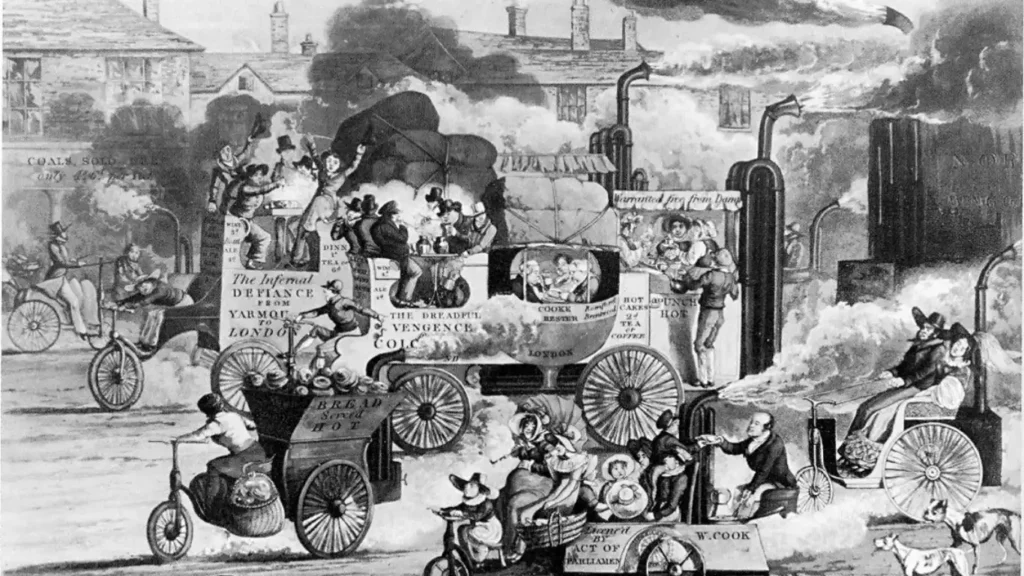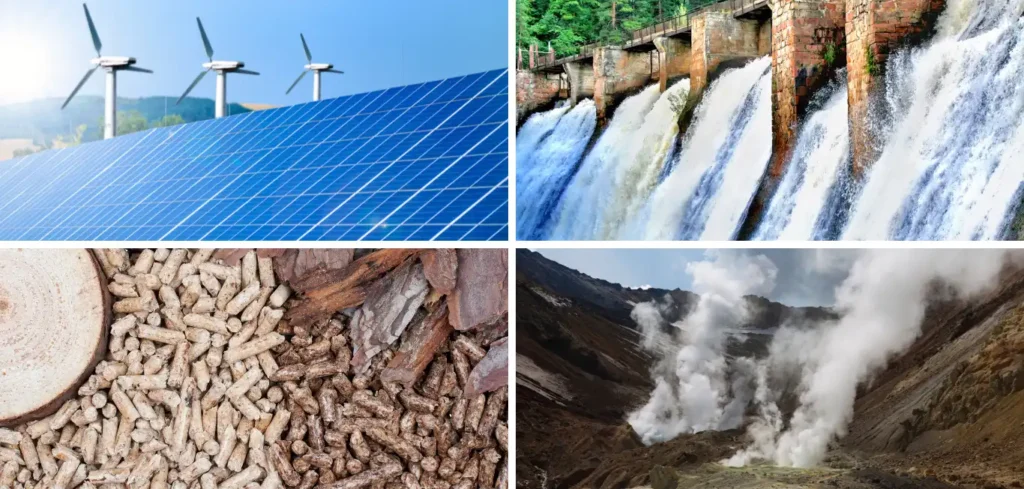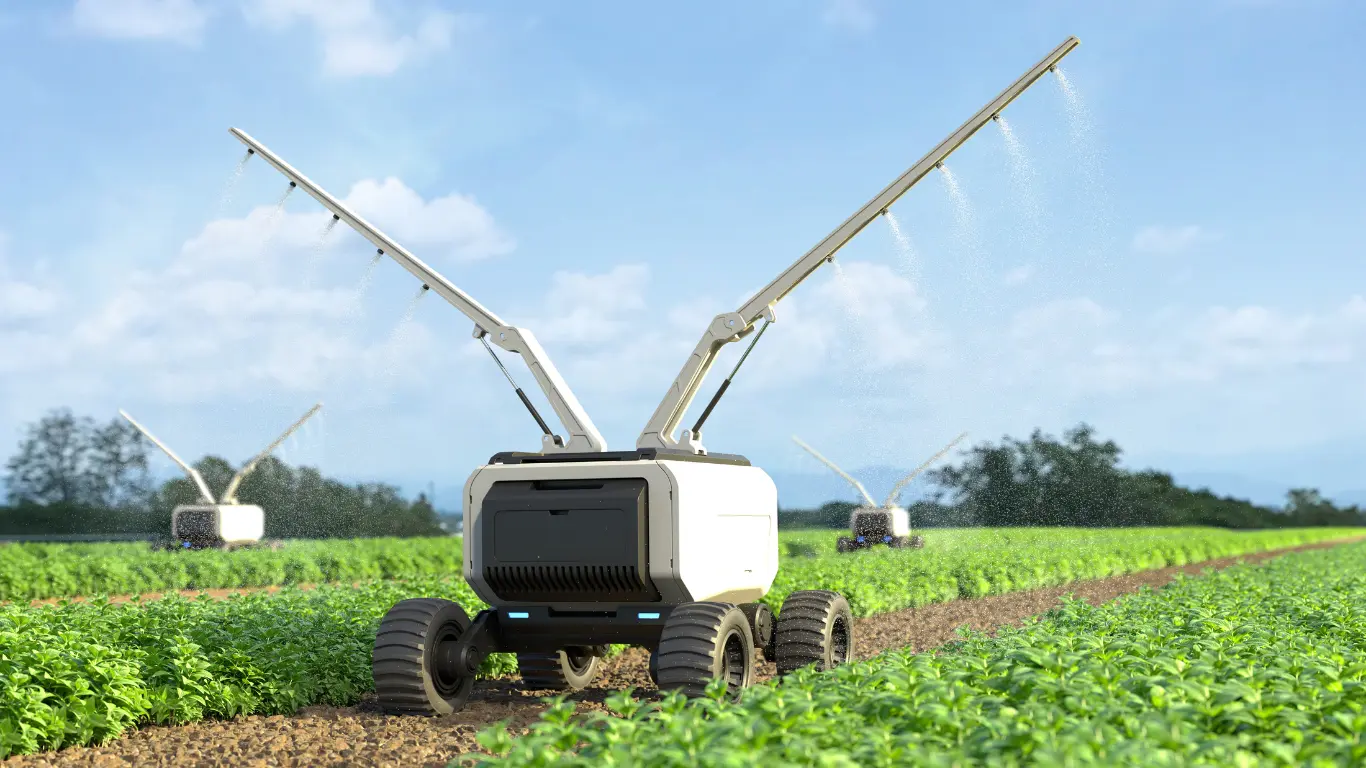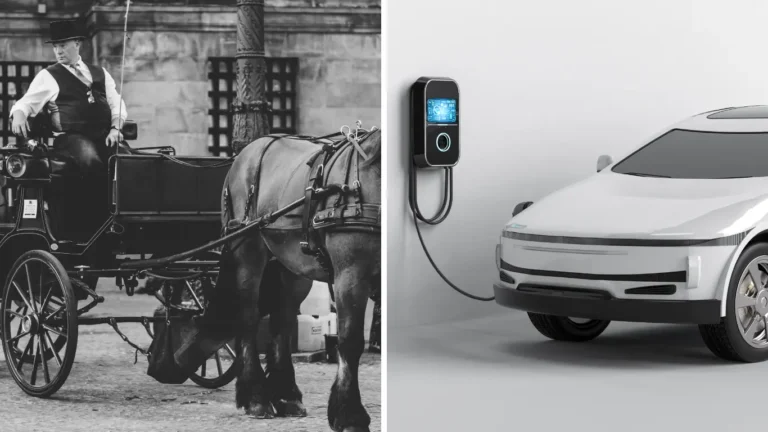The Industrial Revolution
The Industrial Revolution was humanity’s grand opening act—a blockbuster that took the world by storm. Factories sprouted like mushrooms, railways stretched across continents, and life transformed from rustic survival to urban convenience. It was the era of gears, steam, and smog; an age where the humble commoner could finally dream of a life once reserved for kings. But like any good movie franchise, it came with its fair share of plot twists—namely, environmental havoc.
Before the Industrial Revolution, life wasn’t as picturesque as poetry might suggest. It was a world of infections, poverty, and unpredictable weather, where even the wealthy couldn’t escape a good case of gout or the occasional mysterious epidemic. Fast forward to the industrial age, and suddenly, the world had steam engines, mass production, and modern medicine. Malaria treatments became more science than guesswork, and luxury goods became so accessible that even peasants could indulge in silk rather than scratchy wool.
But every silver lining comes with a cloud, and ours happened to be thick with soot. The Industrial Revolution gave us convenience but took a toll on our planet. As factories multiplied, so did pollution. Rivers, once the veins of the Earth, turned into industrial waste dumps. The air, once crisp and clear, became a thick soup of smog and greenhouse gases. Trees fell to make way for concrete jungles, and the planet’s health took a nosedive.

The 19th century rolled in with Industrial Revolution 2.0—the age of motor cars and assembly lines. Henry Ford turned us all into consumers, and before we knew it, mass production was the name of the game. Life was good; people had jobs, cars, and gadgets. But the planet? Not so much. With coal burning at an all-time high and air pollution becoming an unwelcome houseguest, the environment struggled to keep up.
Then came Industrial Revolution 3.0 and 4.0, bringing the digital era into our lives. Personal computers, smartphones, and the internet turned us into a hyper-connected global village. We got everything we wanted at the tap of a screen, living lives that even medieval monarchs would envy. But as life became more luxurious, environmental degradation reached new heights. Climate change, global warming, and resource depletion took center stage, and it became painfully clear that something had to change.
Climate Tech Revolution
Enter Climate Tech – the much-needed sequel that promises to redeem our past mistakes. Think of it as Industrial Revolution 5.0, but with a green twist. This revolution isn’t just about making life easier; it’s about making it sustainable. Climate Tech aims to tackle the mess we’ve made while still providing the comforts we’re accustomed to. Imagine a world where renewable energy powers our homes, electric vehicles replace gas guzzlers, and carbon footprints become as outdated as fax machines.

With innovations like carbon capture, smart grids, and circular economies, Climate Tech is turning crisis into opportunity. Startups are emerging like superheroes, armed with technologies that promise to reduce emissions, restore ecosystems, and revolutionize industries. Investors are seeing the potential in green technology, and policymakers are finally catching up, crafting regulations that favor sustainability over short-term profits.
But Climate Tech isn’t just a corporate affair. It’s a movement that calls for everyone—from individuals to industries—to get on board. Whether it’s switching to renewable energy, supporting sustainable businesses, or pushing for green policies, the time to act is now. The climate revolution is here, and it needs all hands on deck.
So, what can you do? If you’re an investor, fund the future. If you’re an entrepreneur, innovate responsibly. If you’re an everyday citizen, make conscious choices. And if you’re a policymaker, create laws that support a sustainable tomorrow.
The Industrial Revolution may have brought us here, but it’s Climate Tech that will carry us forward. Let’s embrace this new chapter with open arms and a clear conscience. The future isn’t just bright; it’s green.






